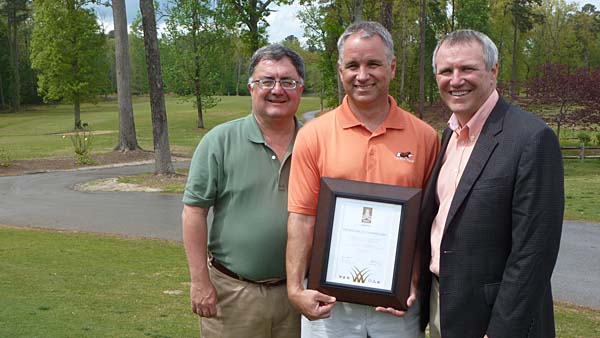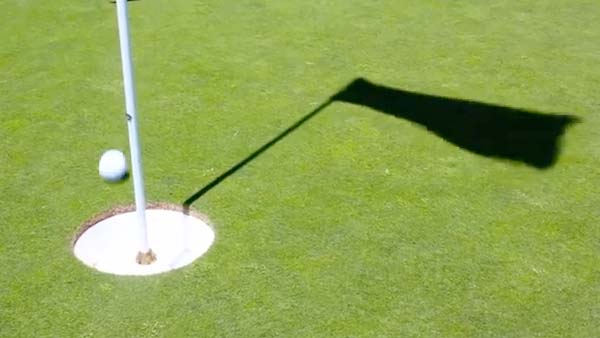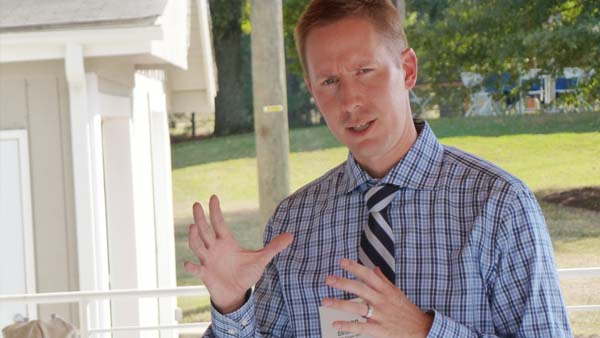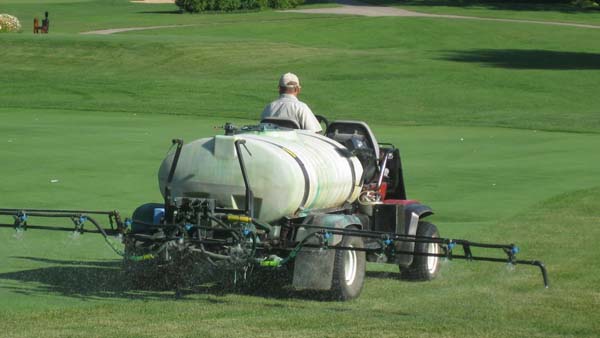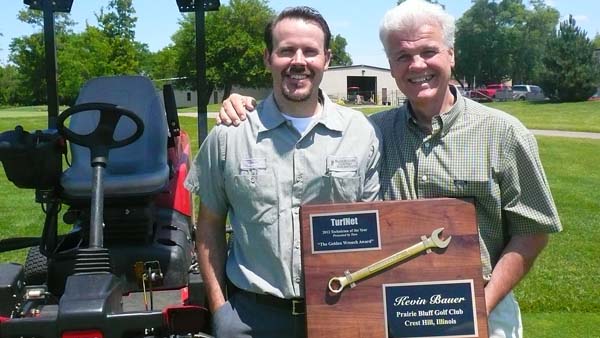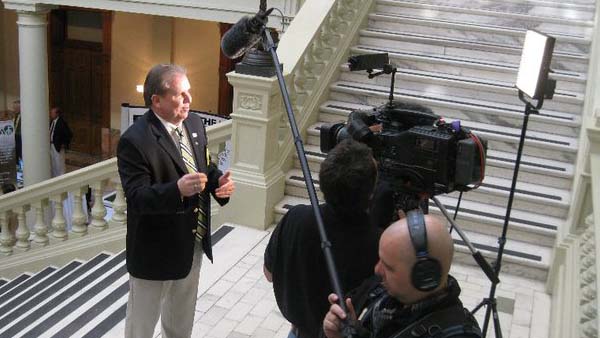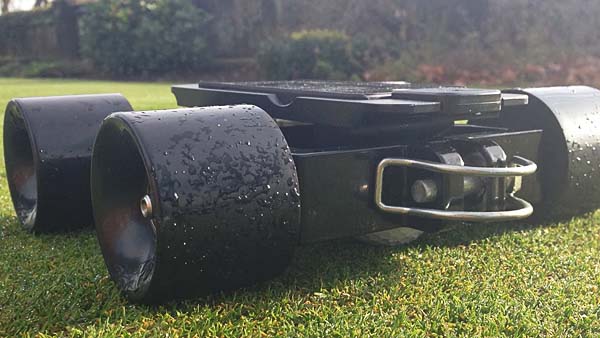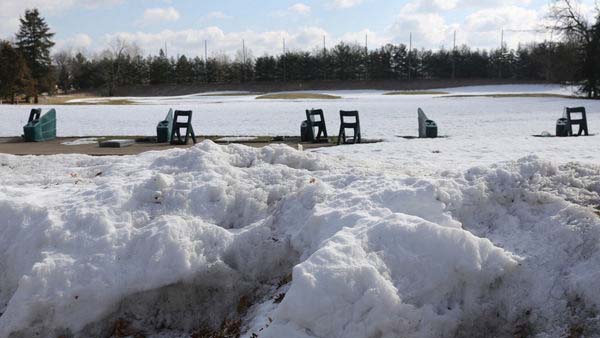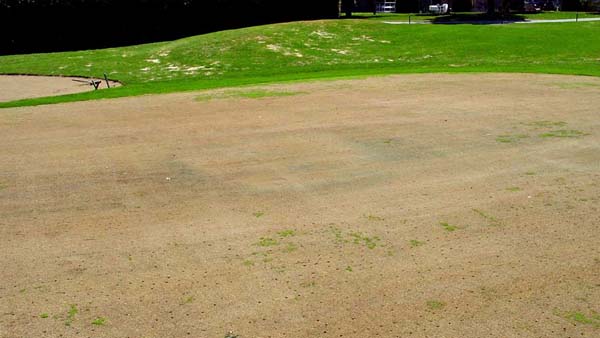
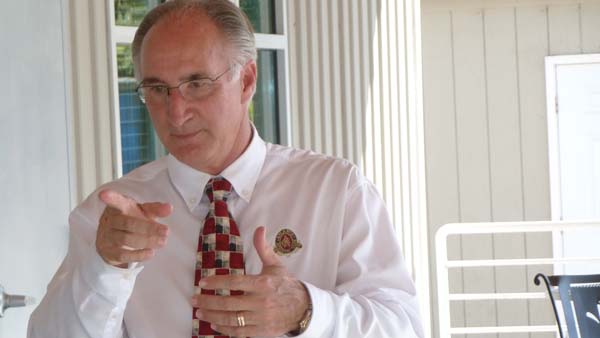
Director of golf courses and grounds at Atlanta Athletic Club where he has worked since 1988, Mangum recently was elected into the Georgia Golf Hall of Fame. He is the third golf course superintendent to receive the honor, and will join Palmer Maples Jr. and Mark Esoda when he is inducted in January.
Mangum is a regular speaker national and regional conferences and industry events, serves on industry committees and has mentored several assistants who have gone on to become head superintendents.
Other inductees in the class of 2015 are Ray Cutright, director of golf at Idle Hour Club in Macon; Gene McClure, a lifelong contributor to the game and volunteer who worked closely with the Georgia State Golf Association and the USGA; and Carter Mize, an accomplished amateur player.
The group will be inducted Jan. 17 at the Atlanta Athletic Club in Johns Creek.
A native of Anniston, Ala., Mangum graduated in 1975 from the Lake City (Florida) Community College School of Golf Course Operations. He served as assistant superintendent at Mystery Valley Golf Course in Atlanta from 1976 to 1978 when he returned to Alabama to become superintendent at Lagoon Park in Montgomery.
Mangum then served as golf course superintendent at Idle Hour Club in Macon, Ga., from 1981 to 1988. It was during that At Idle Hour that Mangum was credited with installing the first computerized irrigation system east of the Mississippi River.
In 1988, Mangum moved on to the Atlanta Athletic Club in Johns Creek. There he has been the host superintendent of several national championships, including the 1990 U.S. Women's Open Championship, 2001 PGA Championship, 2002 U.S. Junior Amateur Championship, 2011 PGA Championship, and the 2014 U.S. Amateur Championship later this summer. He was project manager for six major golf course renovations and designed and built the par 3 course in 1993. He also developed a management program that has produced many successful superintendents around the country.
Mangum served on the GCSAA board of directors from 1996 to 2001 and was president of the Georgia chapter in 1987. He is a current member of the Rain Bird Irrigation Select Superintendent Advisory Board and the USGA Green Section Committee. In 2004, Mangum was appointed by then-Gov. Sonny Perdue to the Georgia Golf Hall of Fame board of directors where he served until 2009. Mangum has served as an instructor at the John Deere/Bayer Green Start Academy since it began in 2006.
Mangum was inducted into the Georgia Golf Course Superintendents Association Hall of Fame in 2013, and was the recipient of the USGA's Fred Grainger Award and the GCSAA Col. John Morley Distinguished Service Award that same year. He was named Georgia Superintendent of the Year in 2002 and the Georgia Turf Professional of the Year in 1996.
- Read more...
- 4,107 views

